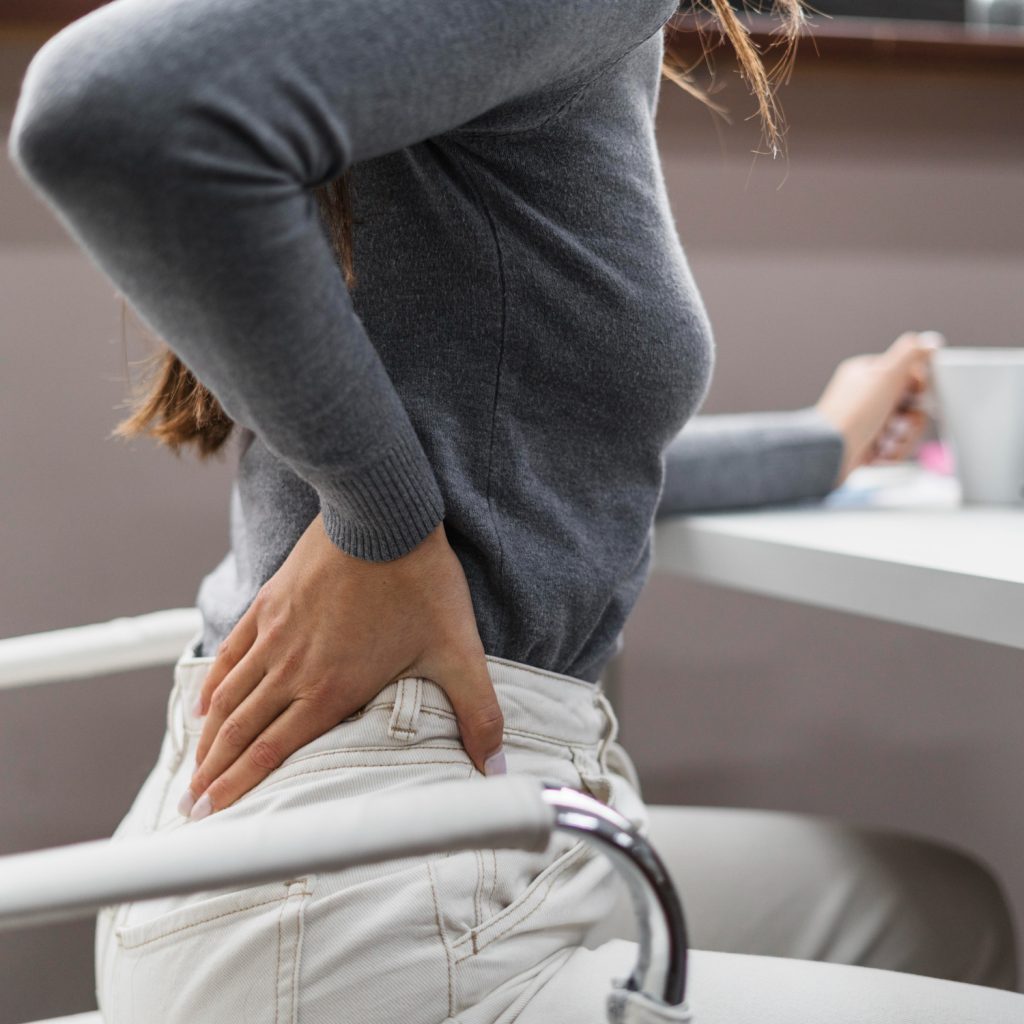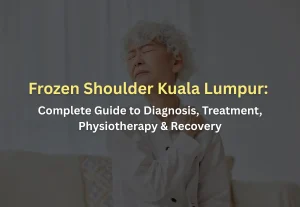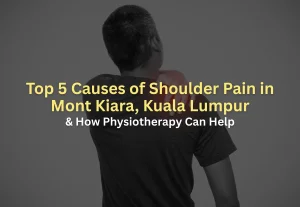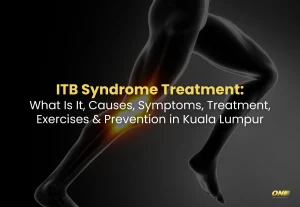Do you often suffer from chronic back pain? If so, keep reading because of this article! We will explain in more depth what back pain is, its causes and the treatments you can do to deal with it.
Medical specialists believe that back discomfort might be caused by difficulties in the bones, muscles, organs, or nerves. To discover the reason for your back discomfort, you must first identify the symptoms. This allows for the easy completion of the essential treatment process.
There are many symptoms that patients face when experiencing back pain, namely:
- have trouble sleeping
- pain that extends to the legs, thighs, back and even to the stomach
- it is difficult to bend the body
- it is difficult to stretch the body
- pain when standing upright
- the skin on the back has redness
- swelling in the back
- curvature of the spine
4 Main Factors of Back Pain Problems
There are many factors that can lead to back pain. Among the main factors that cause this problem are as follows:
Muscle tension
Muscle tension problems also contribute to back pain and it can happen to anyone regardless of age and gender.
Muscle strains can be induced by repeatedly lifting heavy things, bending, or overstretching of muscles and ligaments.
If you continue to engage in activities or motions that produce muscular stress, you will develop back spasms.
Bulging/ruptured spinal disc
Spinal discs, or better known as discs, in the back are prone to injury. This risk increases with age.
A bulging or ruptured disc develops when the cartilage surrounding the disc compresses the spinal cord or nerve root.
The cushion between the spines is out of its natural place. This disc damage can cause discomfort that lasts longer than 72 hours.
Trauma
Lower back pain can also be caused by trauma, such as sports or accidents.
The trauma caused by this scenario might injure the lower back’s muscles, tendons, and ligaments.
This damage may potentially result in a bulging or ruptured spinal disc.
Spine stenosis
This disorder develops when the spinal column narrows, putting pressure on the spinal cord.
Spinal stenosis is frequently caused by deterioration of the intervertebral disc. As a result, the spinal cord is compressed by either the spine or soft tissue, such as discs.
Pressure on the spinal cord results in symptoms like:
- Numb
- Cramps
- Fatigue
These symptoms can be felt in any part of the body. Many people with spinal stenosis notice their symptoms worsen when standing or walking.
Experience effective physio treatment tailored to your needs at ONI Physio Treatment in KL. Take the first step towards better health and book your session today!
















